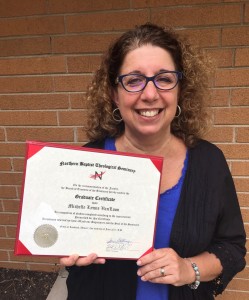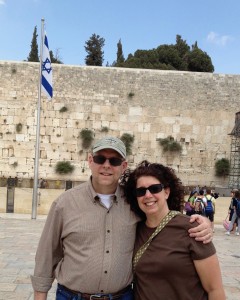It’s a perfect summer afternoon. You’ve settled into your box seat, twenty-two rows behind the visiting baseball team’s dugout. You flag down the hot dog guy and fork over your four bucks. He slaps a steaming red hot into a soft bun in a single motion, passing it to you as the ballpark announcer finishes introducing your home team.
You open your mouth to take a bite. At that moment, the ballpark announcer pauses dramatically and then asks everyone to rise and join in the singing of the National Anthem. You shift your dog to your southpaw hand, slapping your right hand over your heart. You begin singing, “Oh say can you see…” the words bubbling up from an ancient, dusty memory file in a corner of your brain’s basement. You usually only have to go fishing in for those darn lyrics a couple of times a year at most – at ballgames.
You squeak through those painfully high notes (“…and the rockets’ red glare…”), watching the little boy three rows in front of you poking his little sister in the ribs, listening to the aging frat boys from marketing singing their own beer-soaked,R-rated version of the song.
As the stadium choir lurches to the last line of the song, suddenly, everyone seems to snap to. “Oh say does that star-spangled banner yeh-het way-haav…O’er the lah-hand of the freeehee….and the home…of the….brave! Play ball!”
The Star Spangled Banner was first sung at a baseball game during the 1918 World Series between the Boston Red Sox and the Chicago Cubs. It was the height of World War I. Hundreds of thousands of U.S. farm boys, ranch hands and city slickers were fighting (and dying) in the trenches of western Europe.
Public singing of The Star Spangled Banner at the height of the Great War was weighted with urgency. Bombs were literally bursting in air, directly over the heads of millions of the country’s sons, brothers and young fathers. Singing the song was a kind of a prayer, a celebration of everything people felt was good and right about the country.
By 1931, this impossible-to-sing song (which used the music of everyone’s favorite rockin’ 18th century hit, To Ancreon Of Heaven) had become the official national anthem of the United States. And shortly thereafter, most of the meaning had trickled away. Most of the time, anyway.
Once in a while, something will happen that brings the song’s meaning into sharp relief to modern audiences, like Jimi Hendrix’s searing performance of the song as a guitar solo at Woodstock, or the days following September 11, 2001, or when immigrants rallying for legal reforms sing the anthem in Spanish as an act of protest.
But most of the time, we stumble through the song at sporting events, a funny little patriotic social habit that warms the crowd up for the main event – the game! The anthem is a ritual, part of the liturgy of a baseball game.
 Many of us sleepwalk through the sung worship portion of the liturgy in our own congregations, whether it is in the form of a tired pipe organ or a kickin’ band. We expect no more than either a warm, nostalgic feeling from singing the hymns of our youth (well, not my youth, but I digress…) or a rush of goosebumps from a strategically-placed powerchord in a Chris Tomlin-penned tune.
Many of us sleepwalk through the sung worship portion of the liturgy in our own congregations, whether it is in the form of a tired pipe organ or a kickin’ band. We expect no more than either a warm, nostalgic feeling from singing the hymns of our youth (well, not my youth, but I digress…) or a rush of goosebumps from a strategically-placed powerchord in a Chris Tomlin-penned tune. I believe we expect far too little when we sing to the Lord.
My next post will take a look at why this is, and offer a couple of practical thoughts about how to fight the gravity that threatens to anchor many of us to a dreary musical and spiritual rut.
In the meantime, a question: What has been your experience with sung worship? Is it a warm up (or cool down) from the main event in your church – communion, sermon or both? Does the congregation seem engaged when they sing? What’s the purpose of church music, anyway?











